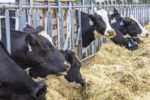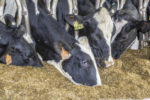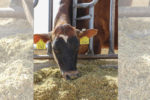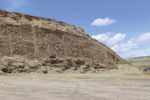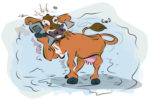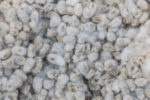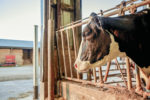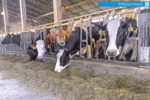Ration Formulation
Setting up your farm for successful cow transitions
Read More
Building out rations to optimize feed costs
Focusing on fine-tuning for feed efficiency will be an important strategy as cost pressures continue to rise.
Read More
More to milkfat than meets the eye
Milkfat can be an important marker for rumen health and production efficiency.
Read More
Supplemental choline during transition period increases milk production
Feeding supplemental choline during the transition period can improve milk production through peak production and whole lactation.
Read More
Identifying profit leaks on a dairy
Focus areas important to dairy farm profitability include limiting shrink and dry matter losses in forages, regular DM percentage testing of silages, actively managing heifer replacement numbers and using a transition nutrition program that optimizes cow health, performance and ration cost.
Read More
Uncovering ration opportunities on the flip side
Ensure your ration ingredients are backed by research and incorporate newer technology to improve animal performance and maximize profit margins.
Read More
Evaluating feed additive pertinence in dairy rations
Feed additives can be divided into two categories: nutritional and non-nutritional. When deciding to implement a feed additive, consider making a complete production assessment.
Read More
Have you for-cotton something in your ration?
Now may be a good time for producers to take advantage of low whole cottonseed pricing and affordable transportation costs.
Read More
Feeding practices to cool hot cows
Preparing cows for heat stress with proper nutrition and feeding practices can improve their body’s response and may help your herd be more successful this summer.
Read More
Different rations may be necessary with different grouping strategies
Grouping cows and providing specific rations has its efficiencies and benefits that include increased production, reduced incidences of metabolic disorders, increased income over feed costs and improved cow health.
Read More
